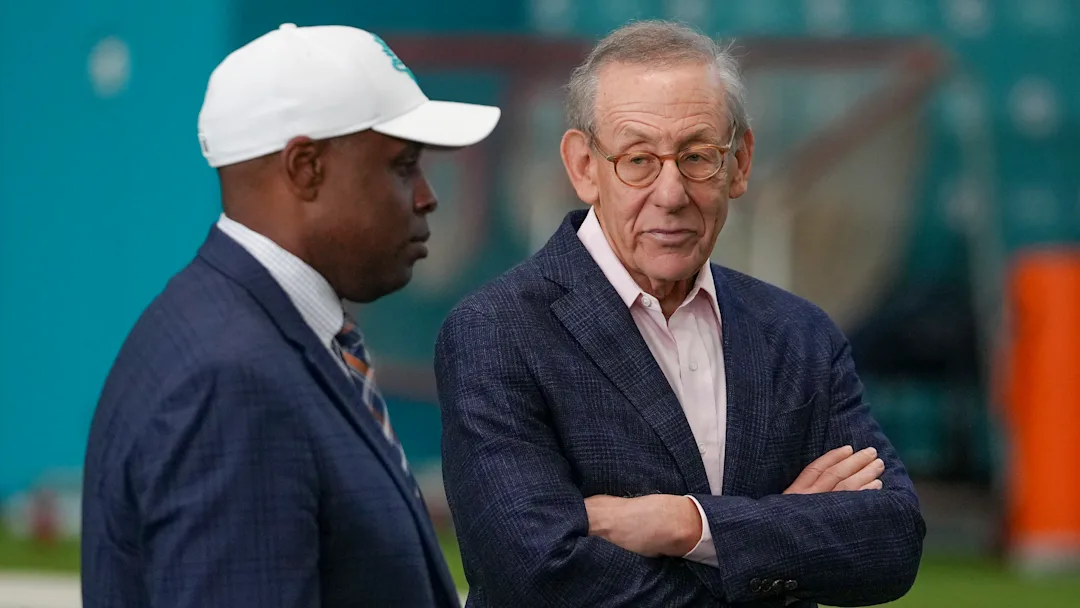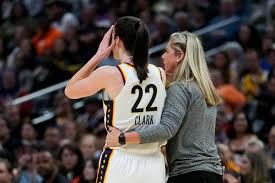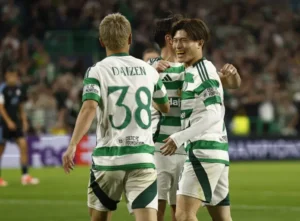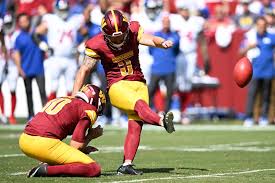
The Miami Dolphins, once heralded as a formidable force in the NFL, are now grappling with an alarming statistic that underscores a severe issue within their ranks. As the team continues to struggle on the field, one particular stat reveals just how deep their problems run and should serve as a wake-up call for the organization.
The troubling figure in question is the Dolphins’ glaring inability to convert third downs. According to recent stats, Miami’s third-down conversion rate stands at a dismal 28%, ranking them dead last in the league. This statistic not only highlights a fundamental flaw in their offensive strategy but also suggests that the Dolphins are failing to execute crucial plays when it matters most.
Third-down efficiency is often a critical determinant of a team’s success. Teams that excel in this area tend to sustain drives, control the clock, and keep their defenses off the field. Conversely, a poor third-down conversion rate can lead to stalled drives, increased pressure on the defense, and missed opportunities to capitalize on scoring chances. For the Dolphins, this statistic reveals a pattern of inconsistency and missed opportunities that could be contributing to their underwhelming performance this season.
The ramifications of this problem are far-reaching. On the offensive side, the Dolphins’ struggles to convert third downs expose a lack of cohesion and execution. Whether it’s issues with play-calling, offensive line protection, or quarterback performance, the inability to convert these key situations indicates systemic problems that need immediate addressing. Additionally, this statistic reflects poorly on the coaching staff’s ability to devise and adjust strategies to counteract the opposition’s defensive schemes.
Defensively, the implications are equally dire. The Dolphins’ offense’s failure to sustain drives means that their defense is often left on the field for extended periods. This not only fatigues the defensive unit but also increases the likelihood of breakdowns and errors. As a result, the defense is forced to deal with more plays and more pressure, which can exacerbate existing weaknesses and lead to even poorer overall performance.
To address this critical issue, the Dolphins must undertake a thorough review of their third-down performance. This includes analyzing play-calling decisions, assessing the effectiveness of their offensive line, and evaluating the quarterback’s ability to execute under pressure. It may also necessitate changes in strategy or personnel to find a more effective approach to these high-stakes situations.
In addition to addressing the technical and strategic aspects, the Dolphins must also foster a culture of accountability and urgency. Recognizing the severity of this statistic is the first step in a broader effort to correct the underlying problems. The coaching staff, management, and players all need to come together to develop a cohesive plan to improve their third-down efficiency and, by extension, their overall performance.
In conclusion, the Miami Dolphins’ abysmal third-down conversion rate is not just a statistic; it is a glaring indicator of deeper issues within the team. This embarrassing figure should serve as a catalyst for change and a reminder of the urgent need for strategic adjustments and improved execution. If the Dolphins are to turn their season around and return to their former glory, addressing this problem must be their top priority.





